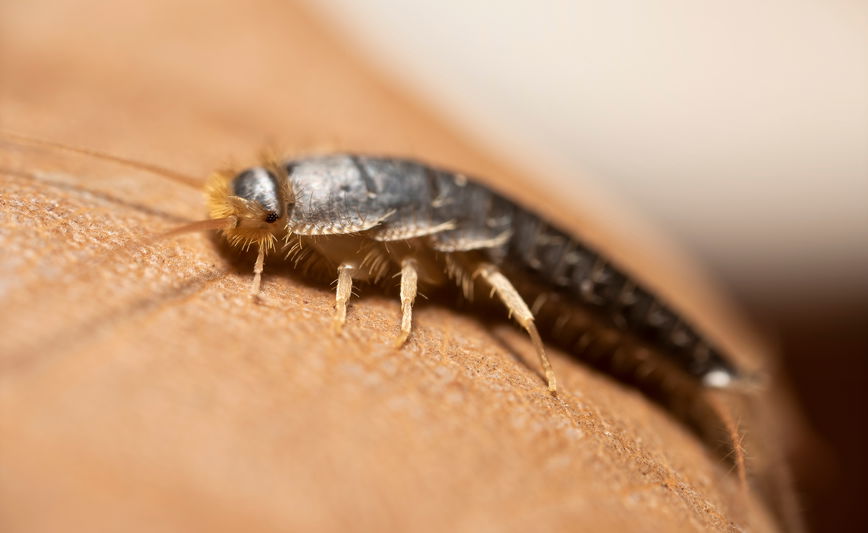It is a feeling all too familiar to many Saint Louis homeowners switching on the basement light, only to see a silver, fish-shaped creature glide across the floor. These nocturnal creatures have made themselves at home in the basements of the Gateway City, and it is not just by chance. St. Louis summers are hot and humid, with the archetypal home construction style of many neighborhoods from Webster Groves to South City proving to be the perfect storm for silverfish infestations.
These moisture-loving, primitive insects are neither visually appealing nor benign in their dispersal of family memorabilia and essential documents. Although using store-bought traps and sprays may be a short-term solution, you will likely need professionals from pointepestcontrol.com to help address the underlying issues, eliminate the current population, and prevent their return.
Why Silverfish Love St. Louis Basements
- High humidity: Due to the city’s placement near the Mississippi River, moisture is a feature of the area, and these levels are what your basement provides the silverfish species with. They naturally occur in a humidity range of 75-95%.
- Cool, dark space: Always 60-80°F; basements are a notable example throughout the year, even when St. Louis temperatures reach the high 90s.
- Food supply: Older houses prevalent in Tower Grove and Lafayette Square often feature paper insulation, likely combined with cardboard boxes and construction debris.
- Multiple entry points: These are common in the two areas, as most pre-1950 establishments, which represent an outdated construction model covering approximately 40% of St. Louis housing, have gaps.
What Silverfish Feed On And Why That’s a Problem
Although silverfish are not selective eaters, their diet consists of anything that contains polysaccharides, such as starches and sugars. They consume items found in our households, such as bookbinding, wallpaper paste, the cardboard boxes that house your holiday decorations, cotton and linen, and even the glue that binds the pages of your photo album. It is not just the feeding, either.
As silverfish chew through your belongings, they will create irregular holes and yellow stains, which will ruin the irreplaceable pieces. A female silverfish can lay up to 100 eggs in her lifetime, which means that a silverfish or two can quickly become an infestation.
Preventive Steps Before and After Lawn Care
-
Managing Moisture Levels
To begin with, the first line of defense must involve humidity control in the basement. To control humidity, use a dehumidifier, which should maintain basement humidity below 50%, especially during the muggy conditions that often characterize May to September in St. Louis. Fix all leaking pipes immediately, and your basement egress should transit outside your foundation, if any. Check the basement ventilation, especially after frequent heavy rainfall in the region.
-
Eliminating Food Sources and Entry Points
Keep items in tightly sealed plastic bins, not cardboard boxes. Seal cracks in your foundation and around utility penetrations with silicone caulk. Keep piles of leaves, mulch, or firewood away from the home exterior, as these create moisture bridges that silverfish use to enter houses. Vacuum in visible corners and behind stored items in the basement to destroy eggs and disrupt the breeding cycle.
When to Call for Professional Help
If you are still seeing silverfish even after taking preventative measures or if they have taken over your property, it might be time to call in the professionals. Pointe Pest Control has been serving the St. Louis community for years, and they understand the specific challenges these homes face. They use preparatory actions that will help mitigate both the current infestation and the further environmental factors that attract silverfish.
The technicians are familiar with every style of construction common to neighborhoods throughout St. Louis County and the city proper, from historic brick buildings in the Central West End to mid-century modern homes in Affton. They do not just spray and go; they help identify moisture issues, entry points, and conducive conditions that homeowners might overlook, providing a comprehensive solution that prevents future infestations.




